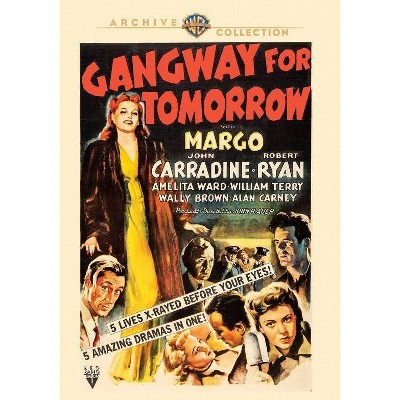Bigger Bombs for a Brighter Tomorrow - by John M Curatola (Paperback)
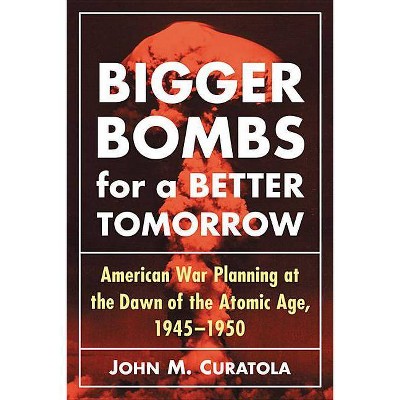
Similar Products
Products of same category from the store
AllProduct info
<p/><br></br><p><b> About the Book </b></p></br></br>Right after World War II, the United States felt secure in its atomic monopoly. With the American "Pax Atomica" in place, the free world held an apparent strategic advantage over the Soviet bloc and saw itself as a bulwark against communist expansion.<BR> But America's atomic superiority in the early postwar years was more fiction than fact. From 1945 until 1950, the U.S. atomic arsenal was poorly coordinated, equipped and funded. The newly formed Atomic Energy Commission inherited from the Manhattan Engineer District a program suffering from poor organization, failing infrastructure and internal conflict. The military establishment and the Air Force's Strategic Air Command little knew what to do with this new weapon.<BR> The Air Force and the AEC failed to coordinate their efforts for a possible atomic air offensive and war plans were ill-conceived, reflecting unrealistic expectations of Air Force capabilities and possible political outcomes. This lack of preparedness serves as a case study in the tenuous nature of American civilian-military relationships.<p/><br></br><p><b> Book Synopsis </b></p></br></br>Right after World War II, the United States felt secure in its atomic monopoly. With the American Pax Atomica in place, the free world held an apparent strategic advantage over the Soviet bloc and saw itself as a bulwark against communist expansion. But America's atomic superiority in the early postwar years was more fiction than fact. From 1945 until 1950, the U.S. atomic arsenal was poorly coordinated, equipped and funded. The newly formed Atomic Energy Commission inherited from the Manhattan Engineer District a program suffering from poor organization, failing infrastructure and internal conflict. The military establishment and the Air Force's Strategic Air Command little knew what to do with this new weapon. The Air Force and the AEC failed to coordinate their efforts for a possible atomic air offensive and war plans were ill-conceived, reflecting unrealistic expectations of Air Force capabilities and possible political outcomes. This lack of preparedness serves as a case study in the tenuous nature of American civilian-military relationships. Instructors considering this book for use in a course may request an examination copy here.<p/><br></br><p><b> Review Quotes </b></p></br></br><br>"rich details...a crisp book that reads smoothly, presenting a wealth of solid information in a cogent way"--<i>H-Net Reviews</i>.<br><p/><br></br><p><b> About the Author </b></p></br></br><b>John M. Curatola</b>, a retired Marine Corps officer, is a history professor at the United States Army Command and General Staff College at Fort Leavenworth, Kansas.
Price History
Price Archive shows prices from various stores, lets you see history and find the cheapest. There is no actual sale on the website. For all support, inquiry and suggestion messagescommunication@pricearchive.us
![Brighter Tomorrow [10 inch LP]](https://pisces.bbystatic.com/image2/BestBuy_US/images/products/2688/26880785_sa.jpg)

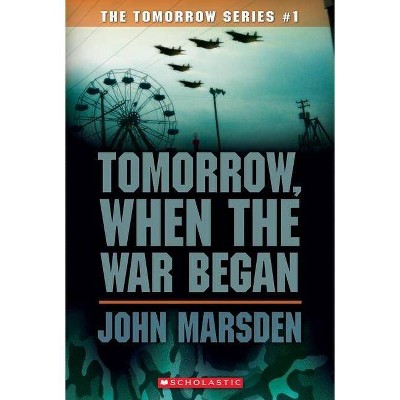

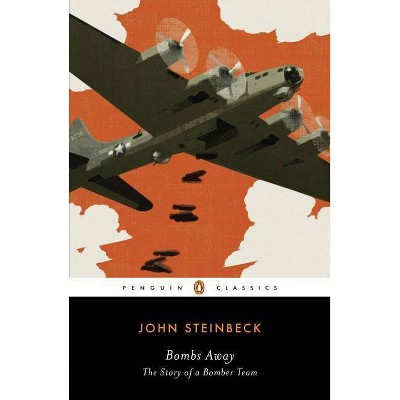

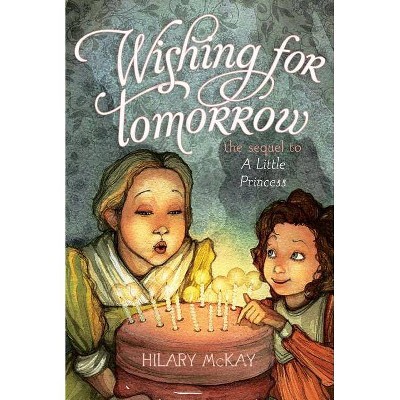
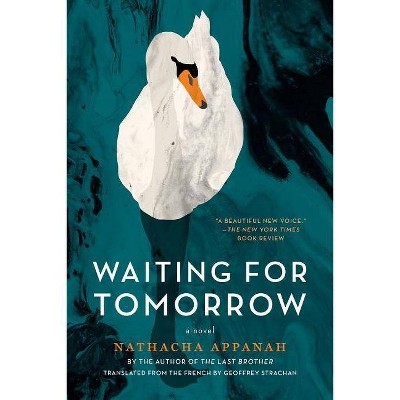
![Brighter Days for You [LP] - VINYL](https://pisces.bbystatic.com/image2/BestBuy_US/images/products/3505/35057363_so.jpg)
